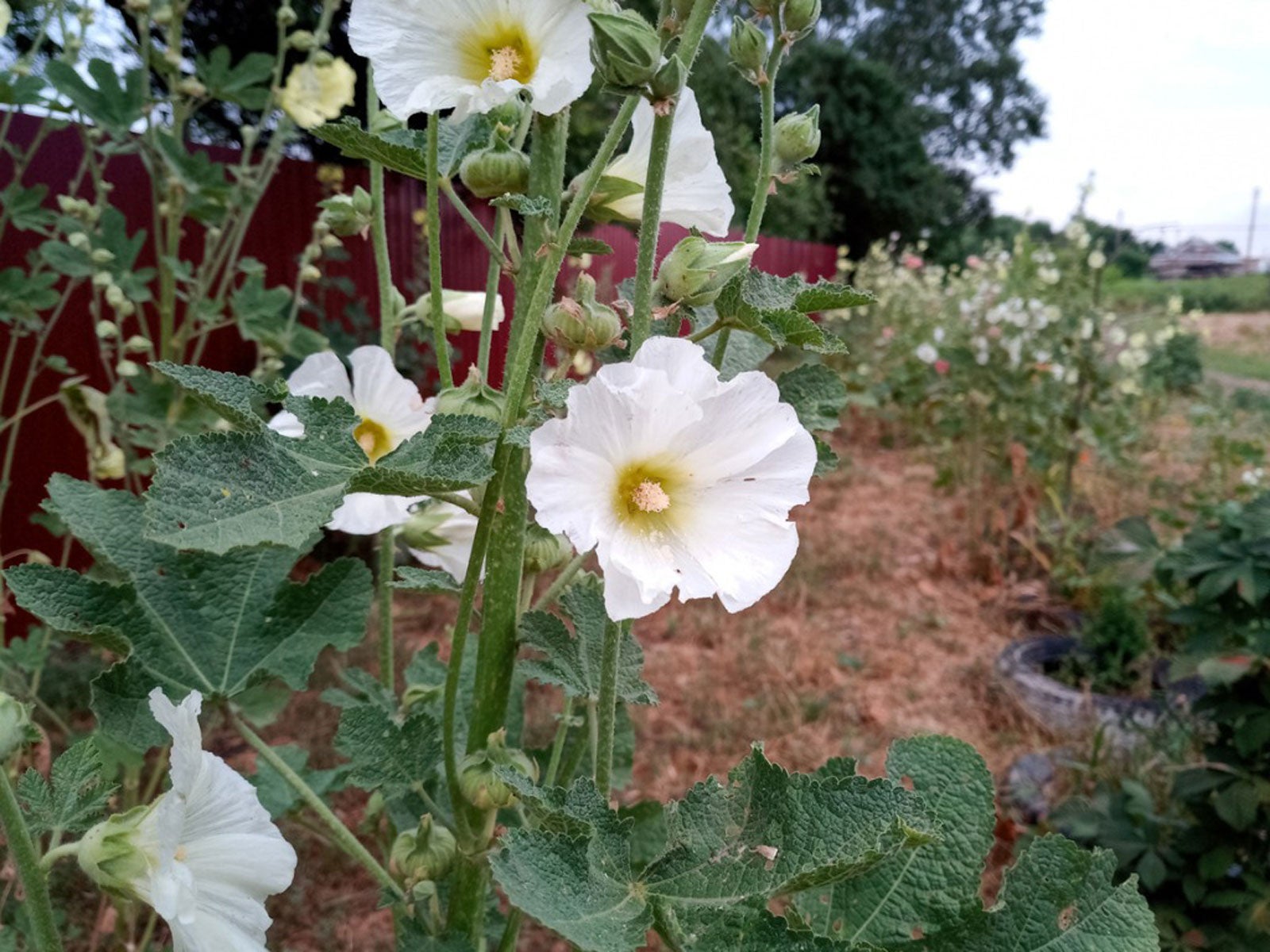Hollyhock Anthracnose Symptoms: Treating Hollyhock With Anthracnose


Beautifully large hollyhock flowers make a stunning addition to flower beds and gardens; however, they can be laid low by a little fungus. Anthracnose, a type of fungal infection, is one of the most destructive diseases of hollyhock. Know how to recognize, prevent, and manage this damaging disease to save your flowers.
Hollyhock Anthracnose Symptoms
This particular infection is caused by the fungus, Colletotrichum malvarum. It is a destructive disease that impacts the stems, petioles, and leaves of hollyhock plants. It’s important to know the signs and symptoms of the disease so that you can take immediate steps to get the infection under control before losing all your plants.
Hollyhock with anthracnose will develop black spots on the leaves and stems. The spots may also be tan or red. The disease spreads quickly and the spots may begin to develop pinkish, slimy spores. On the stem you’ll see black cankers. Ultimately, the leaves will wilt, yellow, and drop.
Preventing and Treating Hollyhock Anthracnose
Anthracnose on hollyhocks is deadly for the plant if you don’t take steps to manage the disease quickly. A regular application of fungicide can protect and save your plants if applied early enough. Just avoid applying fungicide when temperatures are too high, about 85 degrees F. (29 C.) and higher.
Good management of anthracnose should also include prevention. The Colletotrichum fungus thrives in warm, moist conditions and survives in the soil as well as on contaminated plant material. If you have diseased plants you cannot save, destroy them and remove all dead material from the ground. Disinfect any tools you used.
Plant hollyhock flowers with adequate space between them so that airflow will prevent collection of moisture. Avoid watering the plants from above. Keep an eye out for signs of infection and treat early. If you have had issues with this disease before, start treating hollyhocks as soon as they emerge in the spring.
Sign up for the Gardening Know How newsletter today and receive a free copy of our e-book "How to Grow Delicious Tomatoes".

Mary Ellen Ellis has been gardening for over 20 years. With degrees in Chemistry and Biology, Mary Ellen's specialties are flowers, native plants, and herbs.